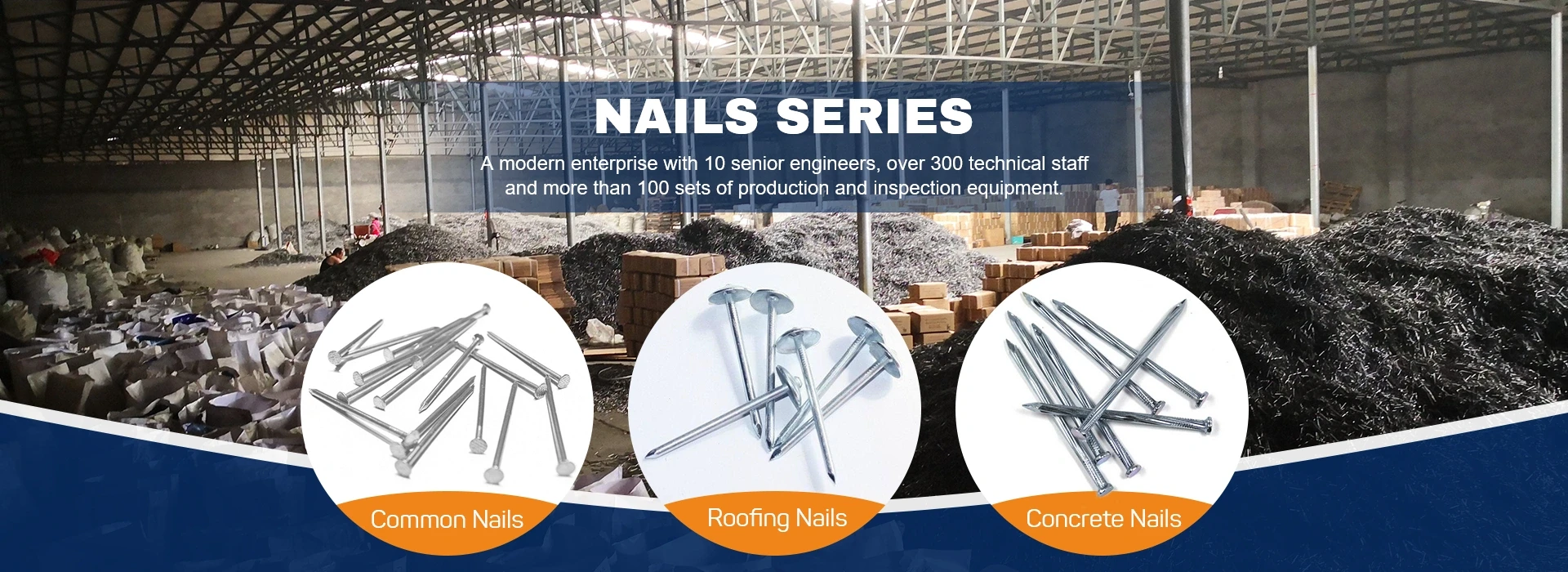Understanding Why Drywall Screws Pop Out of Ceilings
Drywall installation is a common practice in modern construction, particularly for ceilings. However, homeowners and contractors alike often face a frustrating issue drywall screws popping out of the ceiling. This phenomenon not only affects the aesthetic appeal of a room but can also lead to more significant structural problems if left unaddressed. Understanding the reasons behind this issue can help in taking proactive measures to prevent it.
One primary reason for drywall screws popping out is insufficient fastening during the installation process. If screws are not driven deep enough into the drywall or are spaced too far apart, the material may loosen over time. Additionally, the weight of the drywall itself can contribute to this issue, particularly in larger sheets or in areas where lighting fixtures or insulation increase the burden on the ceiling.
Another significant factor is the expansion and contraction of the materials. Drywall is susceptible to temperature and humidity changes, which can cause the materials to expand when conditions are warm and contract when it cools. This movement can exert pressure on the screws, eventually causing them to loosen and pop out. Homeowners in regions with dramatic seasonal changes may notice this problem more frequently, as the constant shift in temperature and humidity takes its toll.
drywall screws popping out ceiling

Moisture exposure is another culprit that can lead to screws popping out. If drywall is installed in areas with high humidity, such as bathrooms or kitchens, without appropriate moisture-resistant materials, the integrity of the drywall can weaken. Mold and mildew can develop, further compromising the anchors and causing screws to pull away from the drywall. It is crucial to use moisture-resistant drywall in these environments to mitigate these risks.
Improper joint taping and finishing can also contribute to screws popping out. If seams are not adequately taped and mudded, stress can accumulate around the screws as the drywall shifts slightly. This situation can lead to visible bulges, cracks, and ultimately, screws breaking loose from their fixings.
To address and prevent this issue, it is essential to employ proper drywall installation techniques. Using the right type and length of screws ensures a secure fit, while spacing them correctly can provide better support. Additionally, applying appropriate finish techniques can help mitigate stress on the screws over time. Regular inspections can help homeowners identify early signs of screw pops, allowing for timely repairs before they escalate into larger issues.
In conclusion, drywall screws popping out of ceilings is a common issue that can be addressed through proper installation practices, understanding environmental factors, and maintenance. By taking these steps, homeowners can ensure a long-lasting and aesthetically pleasing ceiling.

















